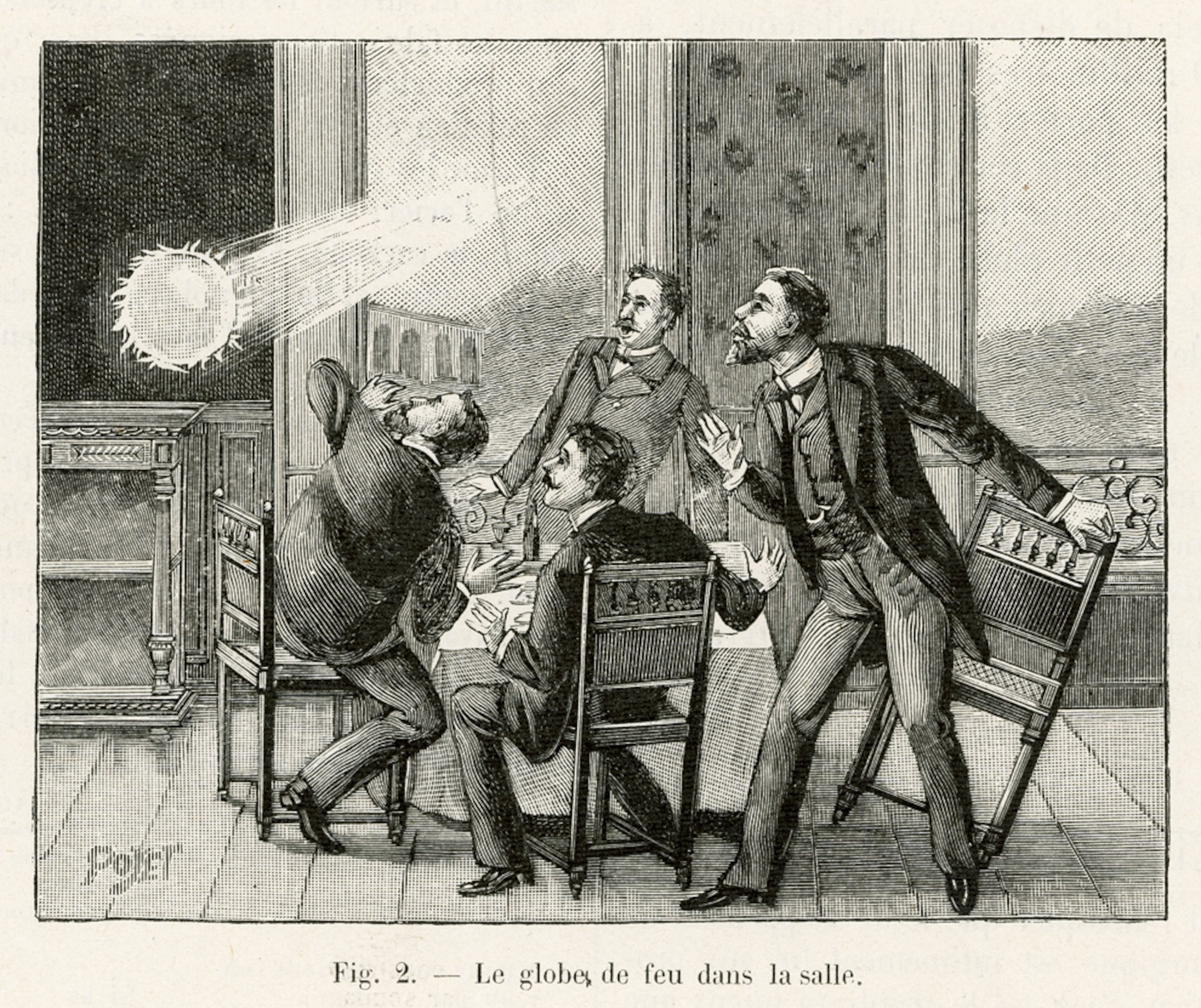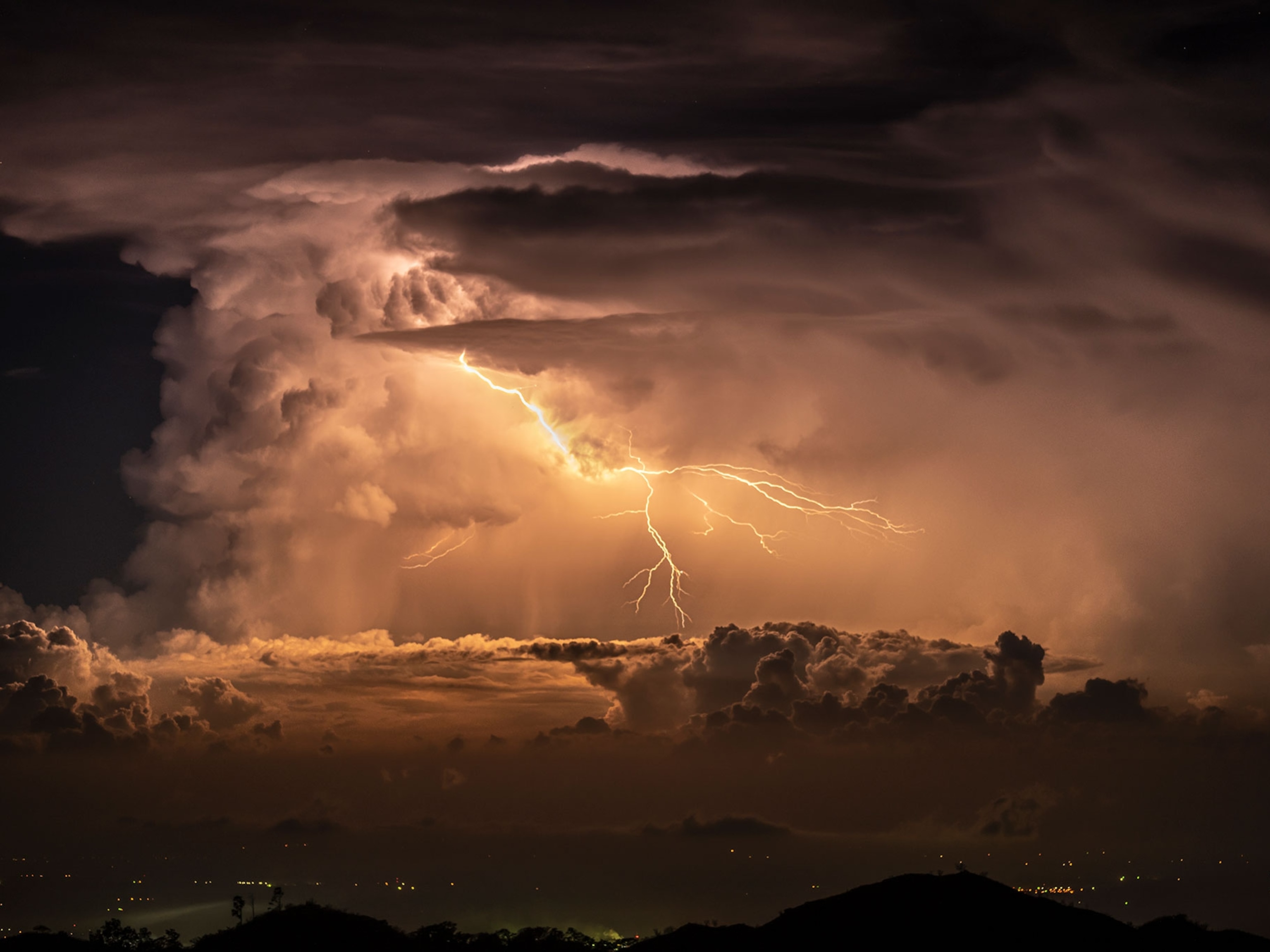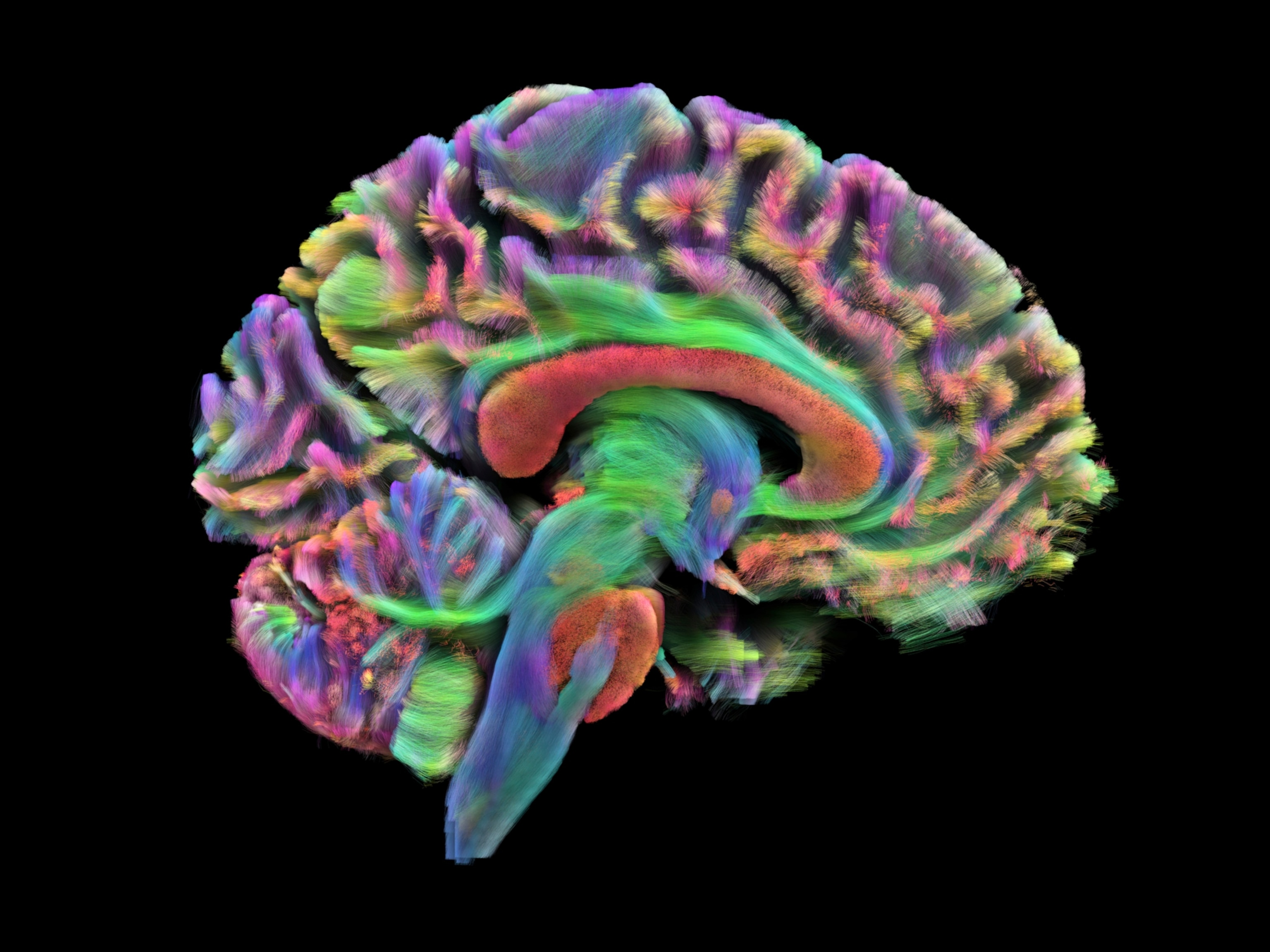
Ball Lightning May Be All in Your Head
At least half of reported cases could be hallucinations, study says.
Mysterious floating blobs of light known as ball lightning might simply be hallucinations caused by overstimulated brains, a new study suggests.
For hundreds of years eyewitnesses have reported brief encounters with the golf ball- to tennis ball-size orbs of electricity. But scientists have been unable to agree on how and why ball lightning forms, since the phenomenon is rare and very short-lived. (See "Ball Lightning: A Shocking Scientific Mystery.")
Ball lightning is often reported during thunderstorms, and it's known that multiple consecutive lightning strikes can create strong magnetic fields. So Joseph Peer and Alexander Kendl at the University of Innsbruck in Austria wondered whether ball lightning is really a hallucination induced by magnetic stimulation of the brain's visual cortex or the eye's retina.
In previous experiments, other scientists had exposed humans to strong, rapidly changing magnetic fields using a medical machine called a transcranial magnetic stimulator, or TMS. The machine's magnetic fields are powerful enough to induce electric currents in human brain cells without being harmful.
Focusing magnetic fields on the visual cortex of the brain caused the subjects to see luminous discs and lines. When the focus was moved around within the visual cortex, the subjects reported seeing the lights move.
In their paper, which appeared online May 7 on the physics research website arXiv.org, Peer and Kendl argue that magnetic fields made by lightning could have the same effect as TMS machines on nearby humans.
In fact, the pair thinks about half of all ball lightning reports are actually tricks of the mind induced by magnetism.
(Related: "Lightning Creates Particle Accelerators Above Earth.")
Ball Lightning Still Feasible in Nature
The researchers make a convincing argument that some ball lightning reports are spurred by hallucinations, said John Abrahamson, a chemist and ball lightning expert at the University of Canterbury in New Zealand who was not involved in the study.
(Related: "Coffee May Cause Hallucinations.")
But "I cannot believe that most of the images reported as ball lightning are due to this brain influence," Abrahamson said in an email.
For one thing, the colors of light seen by the subjects in the experiment were "white, gray, or in unsaturated colors." But ball lightning has been reported in a variety of colors, including orange, green, and blue, Abrahamson said.
Also, some eyewitness reports of ball lightning include close-up observations detailing the internal structures of the balls and even associated smells and sounds.
Some reports of ball lightning even involve multiple eyewitnesses who saw the same phenomenon from different angles and saw the balls travel in the same directions.
"This common geometric perception from different angles would be very unlikely if their brains were being stimulated" by the local magnetic field caused by lightning strikes, Abrahamson said.
Eli Jerby, an engineer at Tel Aviv University in Israel, has actually created something similar to ball lightning in the lab. He also doesn't think hallucinations could account for all ball lightning reports.
"While hallucinations could explain some cases, the effect of ball lightning is yet feasible in both nature and the laboratory," Jerby said in an email.
"Furthermore, with the recent experimental progress by us and by others, we are closer than ever to simulating natural ball lightning completely in the lab, and to explaining the real ball lightning enigma" in nature.





